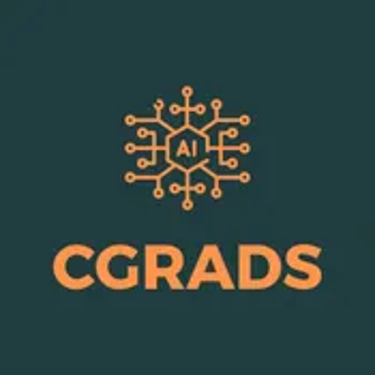The Power of Data Mining with Generative AI
GenAI is able to automate data mining which reduces the need for manual input while improving test data validation. Our AI algorithms are able to incorporate machine learning and deep learning , recognize complex patterns for Data Analytics.
Paul Francis
4/16/20242 min read


Data Mining using Generative AI
Data mining is the process of extracting valuable insights and patterns from large datasets. With the advancements in artificial intelligence (AI), specifically generative AI, data mining has become even more powerful and effective. Generative AI refers to a class of AI algorithms that can generate new data samples based on patterns learned from existing data.
Training and Testing Data Sets
Before diving into the details of how generative AI can be used for data mining, it is important to understand the concept of training and testing data sets. In data mining, a dataset is typically divided into two parts: the training set and the testing set. The training set is used to train the AI model, while the testing set is used to evaluate the performance of the trained model.
Training a generative AI model involves feeding it with a large amount of data samples. The model then learns the underlying patterns and structures in the data. Once the model is trained, it can generate new data samples that are similar to the training data.
Testing the generative AI model involves evaluating how well it can generate new data samples. The testing set is used to measure the performance of the model by comparing the generated samples with the actual data samples. This evaluation helps in assessing the accuracy and reliability of the generative AI model.
Cross-Validation
Cross-validation is a technique used in data mining to assess the performance of a model on an independent dataset. It involves dividing the dataset into multiple subsets, called folds. The model is trained and tested multiple times, each time using a different fold as the testing set and the remaining folds as the training set. This process helps in obtaining a more robust estimate of the model's performance.
For example, let's say we have a dataset with 1000 samples. In a 5-fold cross-validation, the dataset would be divided into 5 subsets, each containing 200 samples. The model would be trained and tested 5 times, with each subset being used as the testing set once. The performance metrics, such as accuracy or error rate, are then averaged across the 5 iterations to obtain a more reliable estimate of the model's performance.
Retrieval Augmented Generation
Retrieval augmented generation is a method that combines the strengths of both generative AI and retrieval-based methods. In traditional generative AI, the model generates new data samples from scratch based on the learned patterns. However, this approach may sometimes result in unrealistic or nonsensical samples.
Retrieval augmented generation addresses this issue by incorporating retrieval-based methods. Instead of generating samples from scratch, the model retrieves similar samples from the training data and then generates new samples based on the retrieved samples. This approach ensures that the generated samples are more realistic and meaningful.
For example, let's say we have a generative AI model trained on a dataset of images. When generating a new image, the model first retrieves similar images from the training dataset and then generates a new image based on the retrieved images. This retrieval step helps in ensuring that the generated image is visually coherent and resembles the characteristics of the training data.
In conclusion, data mining using generative AI has revolutionized the field of data analysis. By training generative AI models on large datasets, valuable insights and patterns can be extracted. The use of training and testing data sets, cross-validation, and retrieval augmented generation techniques further enhance the accuracy and reliability of the data mining process.
